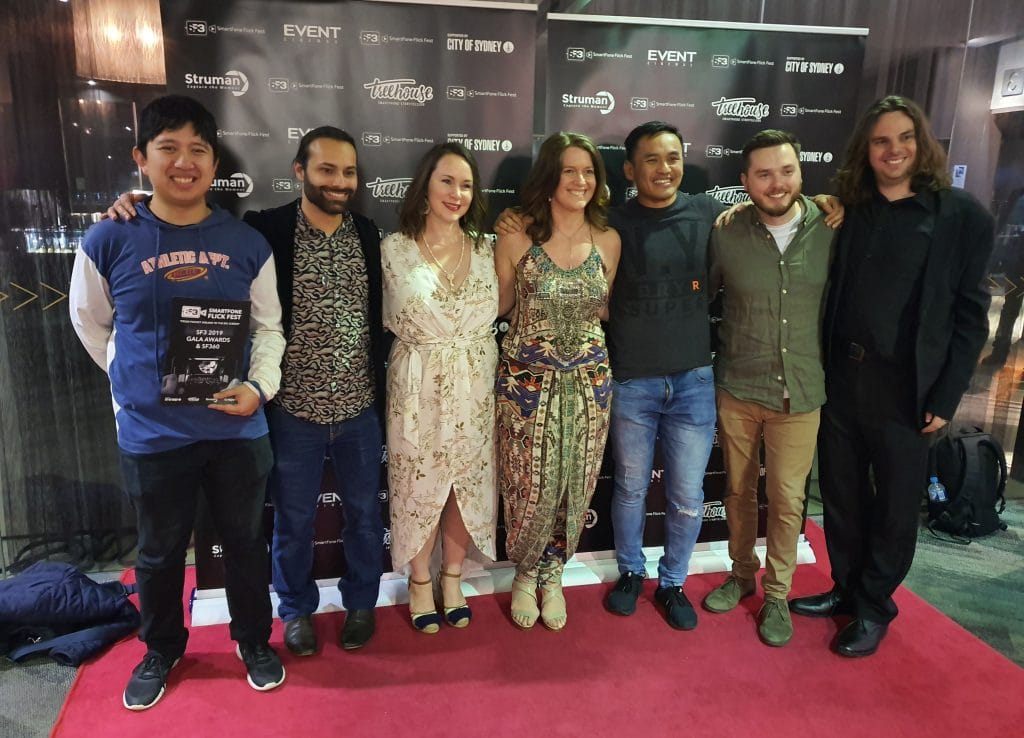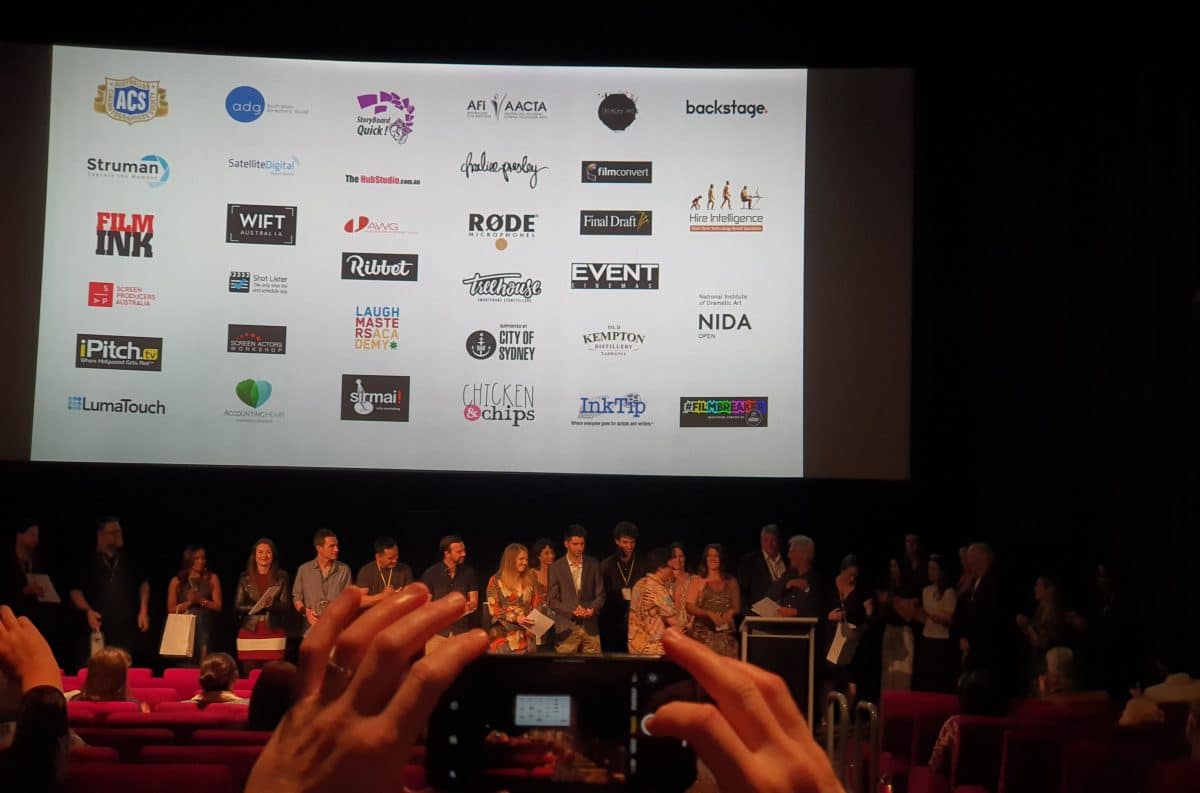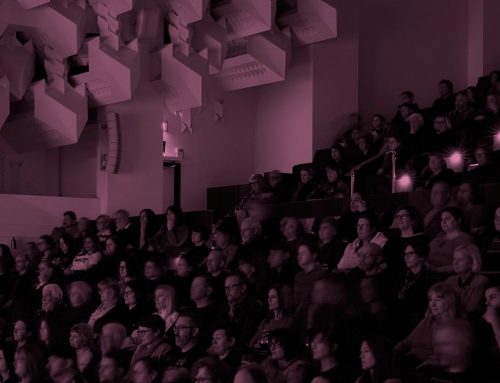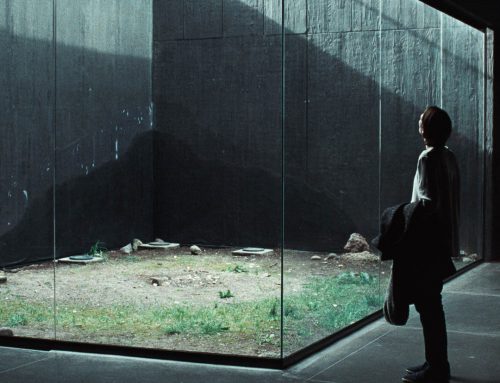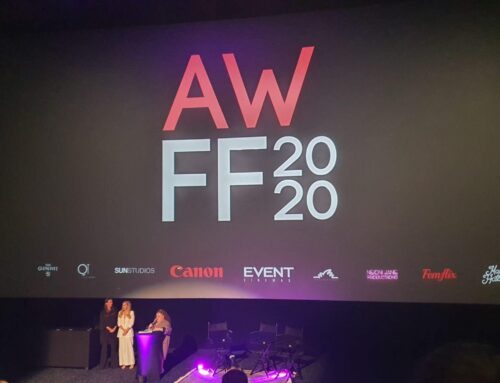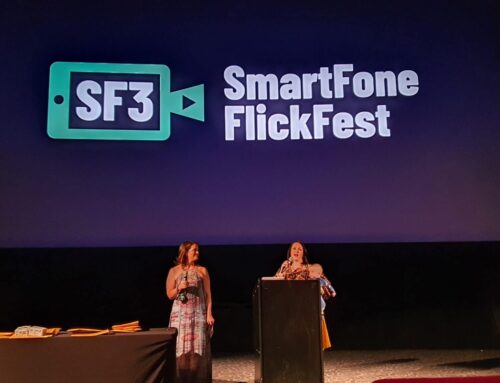Most films forget to place the bomb under the table – very few manage three ticking simultaneously.
Set in the early hours of this New Zealand morning, small town service station attendant and owner Horace (Mark Hadlow) wiles away the hours until an event occurs with the potential to move any financial woes well out of the red. Soon followed by Darren (Jed Brophy), at least at this juncture the most pressing threat to Horace’s life, each find themselves counting down to 6AM and what may well be the last hours for our local.
Shot on an iPhone and enjoying its Australian premiere as the first ever SF3 Best Feature winner, the form has a supreme benefit in Blue Moon’s unusual context; permitting tight shots in, around and between the two leads and even from within the bounds of the station counter from which a traditional camera could not subsist. Too permitting Blue Moon’s gruelling shooting schedule, there’s a compulsive, immediate resonance to the abounding chemistry between the two leads here well captured by a device that allowed both uncommonly long takes and an unusual intimacy between the performers and those trying to capture that shared charisma.
The three time bombs deployed at different points and each serving their purpose of increasingly involving us, there’s an excellent stretch of the film where all are set to explode simultaneously and it’s a joy to see, as are a few of the elements seamlessly woven into the story doing well to pay off later. Moreover, this drama, and any, would fairly benefit with the active co-operation of the local arm of the law. Blue Moon’s Director Stefen Harris too being a front line Police Officer, there’s a strong presence and evident sense of investment from the region’s Police Force, adding a welcome dimension of realism to what was amazingly, and to the great credit of those involved, shot on a NZD $15,000 budget.
The September weekend also highlighted Australia’s best smartphone shorts, with 2019’s top prize going to Sad Sachs from local filmmaker Joel Perlgut alongside Best Screenplay, Cinematography Runner-Up, Best Actor & Actress. Exceptionally well shot and following the misadventures of three mishpocha on their way to a wedding, the tight dialogue and scripting at the outset, registering barely above satire for how Jewish friends and family might and would routinely interact, is indeed very funny.
Colder by Kenny Foo nabbed Best Cinematography for Bryan Fisher; a clever, contained shocker not for the too faint of heart which emerged alongside 2017’s Best Film winner Rearview by Ren Thackham as the best horror entry in now 5 years of SF3.
The Broadcast by Best Director winner and Russian filmmaker Daria Sviridenko distinguished itself as one of the few and still uncommon entries to cleverly integrate the necessary shooting format into the narrative as the phone’s perspective followed characters about their environment. They’re Listening by Rachael Belle Myers, winner of the WIFT Award for Best Female Creative, was a highlight of the night; a clean, light-hearted bottle comedy of sorts both, among more than one entry, serving as a cautionary tale as to our dependence on the very method with which each entry was executed and delivering the sort of shrewd, button ending to which most shorts aspire.
Fugitivos by Frank Benitez, likewise delivering a memorable conclusion, among the 15 finalists too did well to stand out with a crisply shot, character-driven road-movie skilfully crammed into just a few minutes.
It’s another strong year for SF3 which has only grown in reach, scope and diversity of entries and is only set to expand further with increasing notoriety, established and emerging filmmaker contributions and too the prospect of further feature entries to complement the recurring crop of Australia’s reliably best smartphone shorts.
Blue Moon screened as part of SF3 and will screen as part of the Sydney Indie Film Festival on October 26
on Falkenscreen
